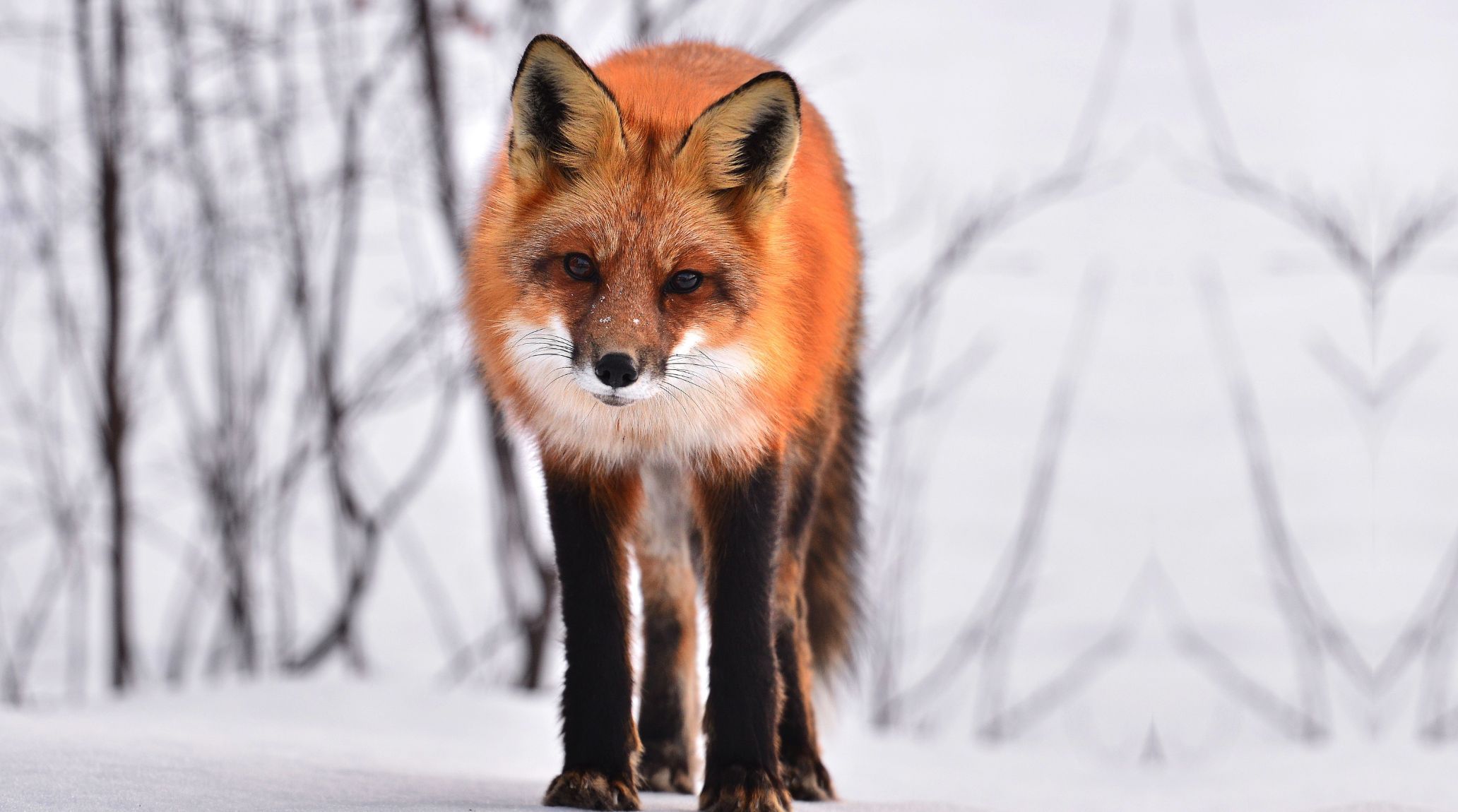
“
Foxes are some of the most intriguing and adaptable creatures in the animal kingdom. With their cunning intelligence, diverse habitats, and striking appearances, they have captivated the human imagination for centuries. Whether darting through forests, scampering across deserts, or making a home in urban areas, foxes exhibit fascinating behaviors and characteristics that are worth exploring. In this article, we delve into 20 fun facts about foxes that will enhance your appreciation for these remarkable animals.1
1
”
There are about 37 recognized species of foxes globally, encompassing true foxes, South American foxes, and other canids commonly known as foxes. This diverse group highlights the variety within the fox family across different regions.1
Some fox species have been observed to imitate the sounds of birds, rodents, or even other predators. This remarkable ability helps them in hunting, communication, and territorial defense.2
Foxes have excellent hearing and can hear a watch ticking from 40 yards away. This keen sense helps them detect prey hidden underground or in thick vegetation. Their ears can also rotate independently to pinpoint sounds precisely.3
Foxes are omnivores, meaning they eat both plants and animals. Their diet can include fruits, vegetables, insects, small mammals, and even carrion. This varied diet helps them survive in different environments and seasons.4
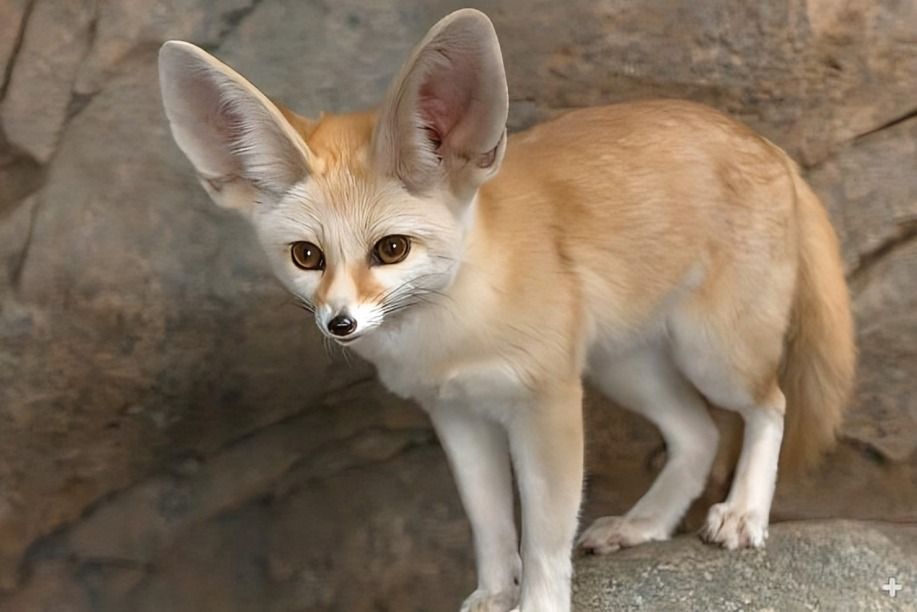
The Fennec fox, found in the Sahara Desert, has large ears to dissipate heat. These ears also help them locate insects and small animals underground. Despite the harsh conditions, Fennec foxes are well adapted to desert life.
Foxes have a relatively short pregnancy period, known as gestation, which lasts approximately 49 to 58 days. During this time, the vixen (female fox) prepares a den to provide a safe and secure environment for her upcoming litter. 5
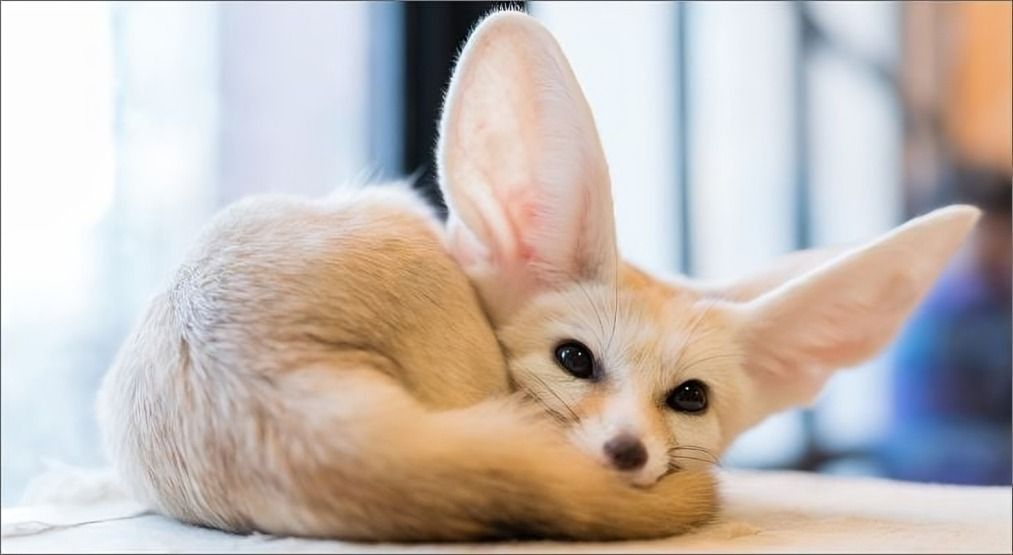
The fennec fox (Vulpes zerda), native to the Sahara Desert, is the smallest fox species. Measuring up to 40 cm in body length with a 20 cm bushy tail, it has a pale coat that reflects heat and is nocturnal.
The Arctic fox has a thick coat that changes color with the seasons for camouflage. In winter, it turns white to blend with the snow, and in summer, it becomes brown or grey. This adaptation is crucial for avoiding predators and hunting prey.6
Foxes are typically monogamous, often forming lifelong bonds with a single mate. This strong pair bond helps ensure the successful raising of their offspring and stability within their territory, contributing to their effective family structure.7
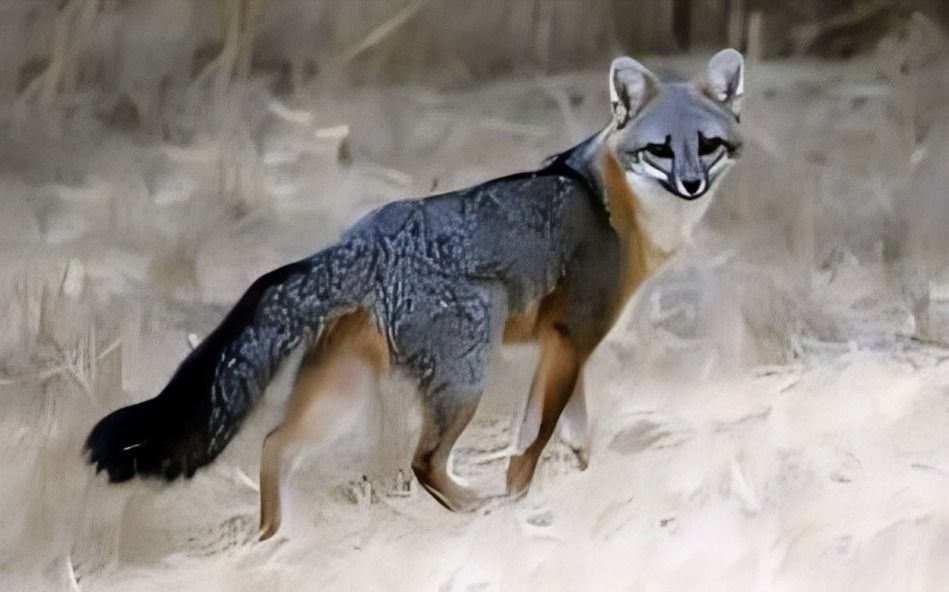
The gray fox is one of the only canids capable of climbing trees. This ability helps them escape predators and find food. They have strong, hooked claws that allow them to grip tree bark securely.
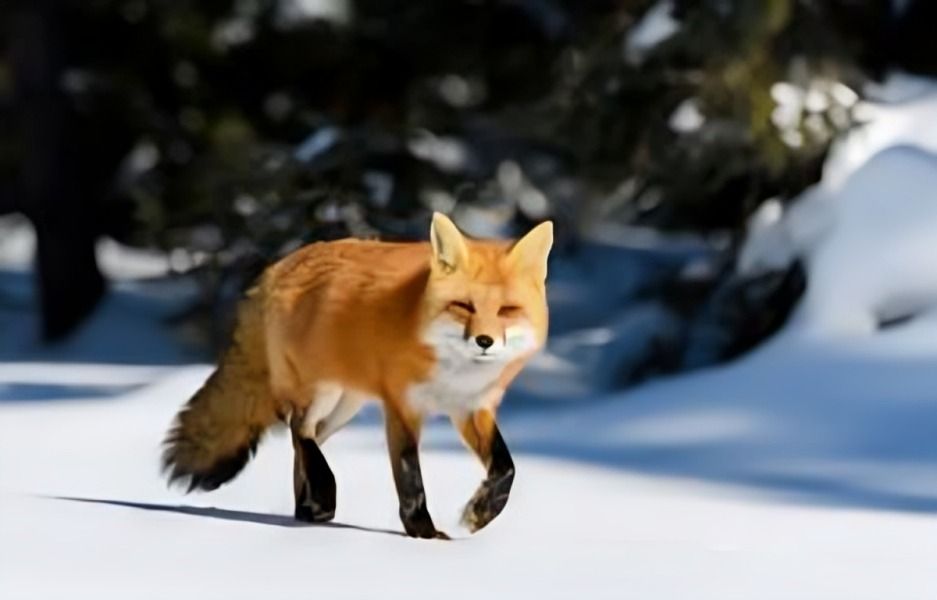
The red fox (Vulpes vulpes) is the largest fox species found across the northern hemisphere. Adults average 45–90 cm in body length, with a 30–55 cm tail and weigh between 2.2 to 14 kg, with females typically lighter than males.
Foxes have a special membrane behind their retinas that reflects light, giving them excellent night vision. This adaptation makes them formidable nocturnal hunters. Their eyes can capture even the faintest light, helping them navigate in darkness.8
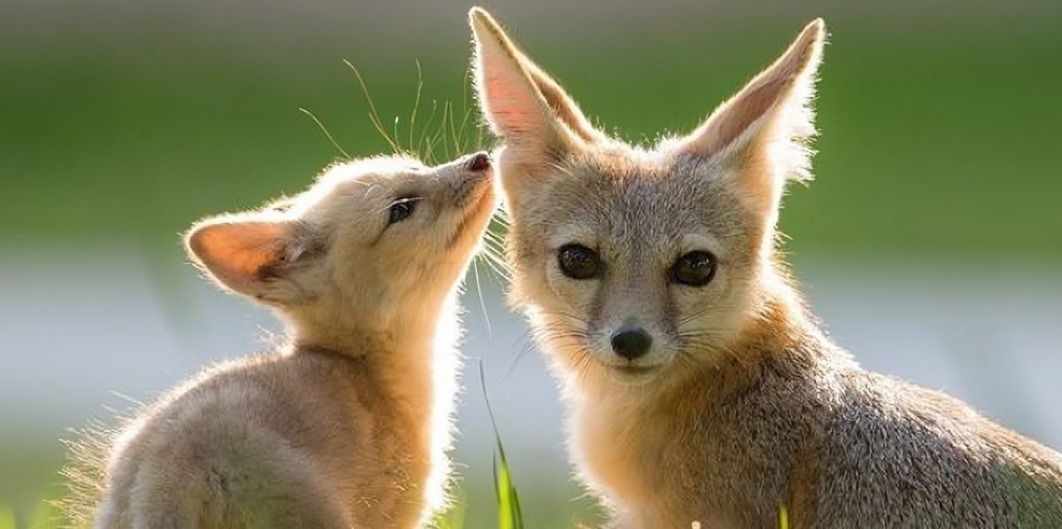
The San Joaquin kit fox is an endangered species found in California. Habitat loss and fragmentation have severely impacted their population. Conservation efforts are crucial to protecting this unique and delicate species.
Foxes belong to the Canidae family, which officially includes all dog-like animals. This family encompasses various species, such as wolves and domestic dogs, with foxes sharing common traits and evolutionary roots within this diverse group of animals.9
Foxes have a relatively short life span in the wild, typically living around 2-5 years due to various challenges like predation. However, in captivity, where they are protected from these dangers and receive regular care, foxes can live up to 14 years. 10
Foxes use their tails to wrap around themselves for warmth in cold weather. This behavior is especially common in species like the Arctic fox. Their tails act like a built-in blanket, conserving body heat during freezing temperatures.11
Foxes are meticulous groomers, dedicating considerable time to their hygiene. They use their paws and tongues to clean their fur, removing dirt and parasites. This regular grooming helps maintain their coat's health and keeps them looking pristine.12
Foxes have a unique call called a "gekker," which sounds like a high-pitched chatter or giggle. This vocalization is used during play and aggressive interactions. The wide range of sounds foxes make is part of their complex communication system.13
Foxes can use the Earth's magnetic field to hunt, aligning their pounces with the planet's magnetic north. This extraordinary ability helps them accurately target prey hidden under snow or soil. It's a fascinating example of nature's wonders.14
In some urban areas, foxes have become so accustomed to humans that they will scavenge food from trash cans and gardens. These urban foxes have learned to navigate city landscapes effectively.15


